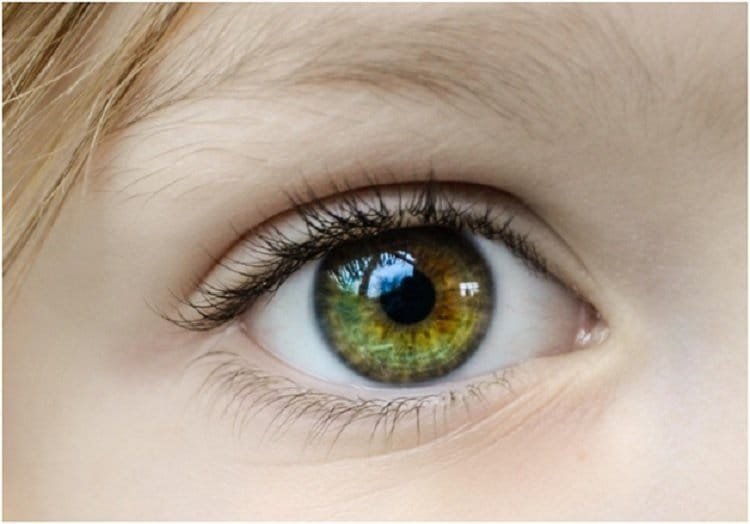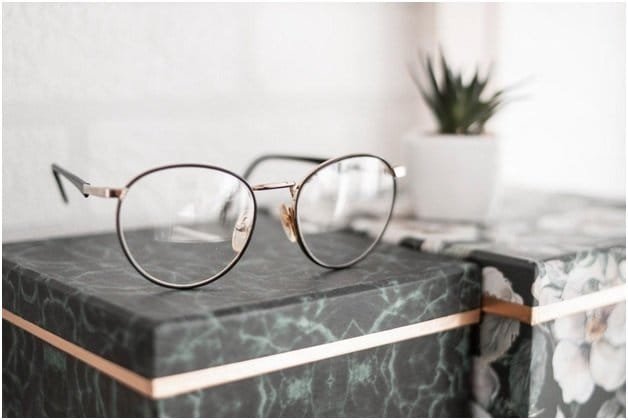Do you have 20/20 vision? Do you hope to attain it because you believe it is the standard for vision perfection? To understand how an expert quantifies perfect vision, it’s important to take a look at just what occurs in an eye exam and how it’s measured. This article started with a search for an “”eye doctor Salt Lake City”, and what we discovered was incredible.
What Is A 20/20 Vision?
When someone receives an eye exam, the optimal vision requirement is 20/20. It doesn’t mean a person can see perfectly, but it is the standard that a person can see well. An eye exam measures visual acuity. What this score means is that during the eye exam, a person was tested from twenty feet from the Snellen vision testing chart, and could read it correctly upon demand.
There are two distinct numbers that the Snellen Vision Scale will produce. The first number is the measurement that a person is positioned away from the eye chart. In the U.S., the number is twenty feet, and in other nations, it is six meters. Younger children generally are given tests using popular objects, but the general chart has black letters that sit upon a white background.

At twenty feet, an eye doctor will ask you to read the letters on the chart that are near the lower part of the table to measure a 20/20 standard. If you can read these letters, but you can’t read any of the ones smaller, you have a regular visual acuity reading. If you could, you would have a 20/10 or 15 visual acuity, which shows that a person has twice the sharpness than is standard.
As the bottom number rises, it will determine how much your sight differs from the 20/20 norm. The numbers rise in feet measurement to show how much your eyesight differs being ‘perfect.’ For example, If you have a 20/40 rating, it means that you see at forty feet what another person sees at twenty. Getting corrective glasses and contact lenses will restore your sight to 2020.
If you can’t read the 20/20 line, the doctor will move up the scale to begin to find the correct vision, as well as the lenses that correct it. The E at the top of the chart is the measurement for 20/200, which means that you are legally blind if you are unable to read it even with the use of corrective lenses. As the eye doctor uses these instruments, it corrects any visual acuity errors.
More than a third of those having eye exams score a 20/20. The other two thirds will have 20/20 vision when using corrective lenses. A person is legally considered blind when scoring 20/200. You also need a minimum of 20/40 to get a driver’s license without having any set restrictions. Visual acuity will not change over time, so what it is as a child will be consistent throughout life.
While visual acuity scoring will help determine one’s clarity, a person’s vision can change, most notably when measuring objects, colors, or likeness of objects. What one’s eyesight or vision is will vary because of visual acuity influence. So, when people say they have 20/20 vision, it is referring to the Snellen visual acuity measurement, and a person likely will not need corrections.
As the eyes age, the lenses in the eyes can lose their sharpness because of lens flexibility. It makes it harder to see objects clearly, which is presbyopia. These people will require glasses, and in some cases, bifocals, to correct the vision issues. It is the reason why the American Academy of Ophthalmology endorses having an exam at the age of forty to assess changes.
What Are the Treatment Options?

Until the last few decades, the most obvious way to correct vision was with the use of glasses or contact lenses, which an eye doctor will prescribe at the end of the eye exam. If a person wants a more permanent solution, LASIK is the most common resolution. Laser-assisted in situ keratomileusis (LASIK) is a vision correction technique that uses a laser for cornea reformation.
What Are The Benefits Of LASIK?
LASIK surgery is now the most commonly used technique to correct vision. About 96% of LASIK candidates achieve a normal 20/20 vision. Other LASIK benefits that patients experience are:
➤Pain-Free:
The doctor will use a numbing solution in the eye to alleviate any possibility of pain.
➤Simple Process:
Recuperation is quick. It will not take more than forty-eight hours for vision to stabilize.
➤No After-Care:
You won’t need patient in-care, stitches, or eye bandages with a LASIK procedure.
➤Permanent Solution:
The procedure will last many years, so it is unlikely you will require additional LASIK or vision acuity corrective procedures for many years, which is convenient and cheaper.
➤No Glasses Or Contacts:
Most patients can discard eyeglass or contacts. Typically, only those with issues like night halos will need to continue using corrective lenses after a LASIK surgery is performed because of the possibility that high-beam lights will cause a fluctuation.
➤You Can Achieve Perfect Vision:
If your goal is to achieve a perfect vision, LASIK is the most reliable, permanent solution.
It’s important to remember that there is no exact measurement of what constitutes a perfect vision score other than being able to read the twenty/twenty chart from twenty feet away. Sharpness and clarity will vary depending on what the underlying reason was you chose to have LASIK as well as any deviations in the cornea, eye, or retina that can change visual normalcy.
You will need to visit a qualified eye doctor for a thorough eye exam. Depending on the area you live, you will need to search for optometrists or ophthalmologists to perform the initial evaluation for LASIK candidacy. If a need for a correction is established, the medical professional will either schedule you for the surgery or refer you to someone for the cornea correction surgery. You will also be able to consult with the same physician should you require post-operative care.

